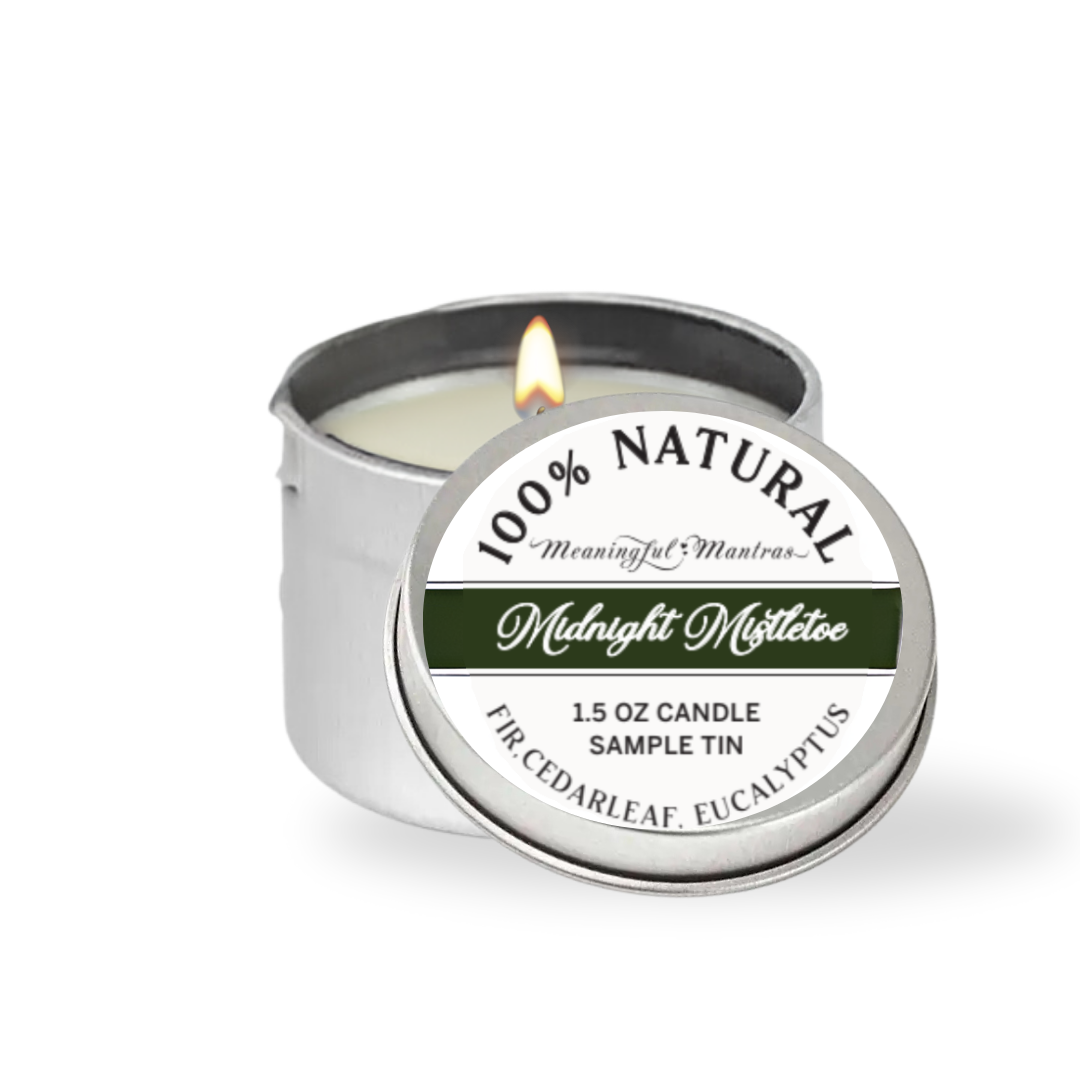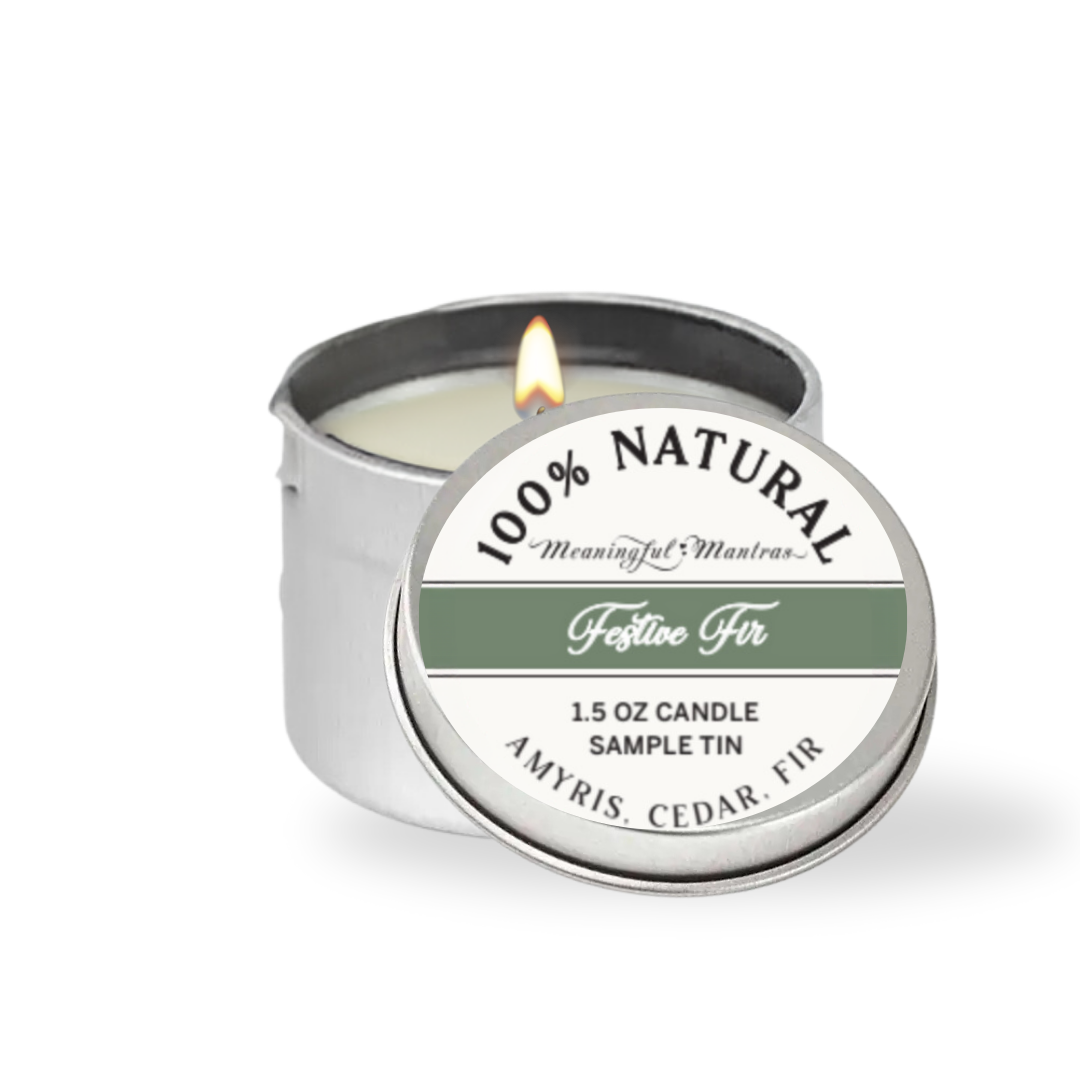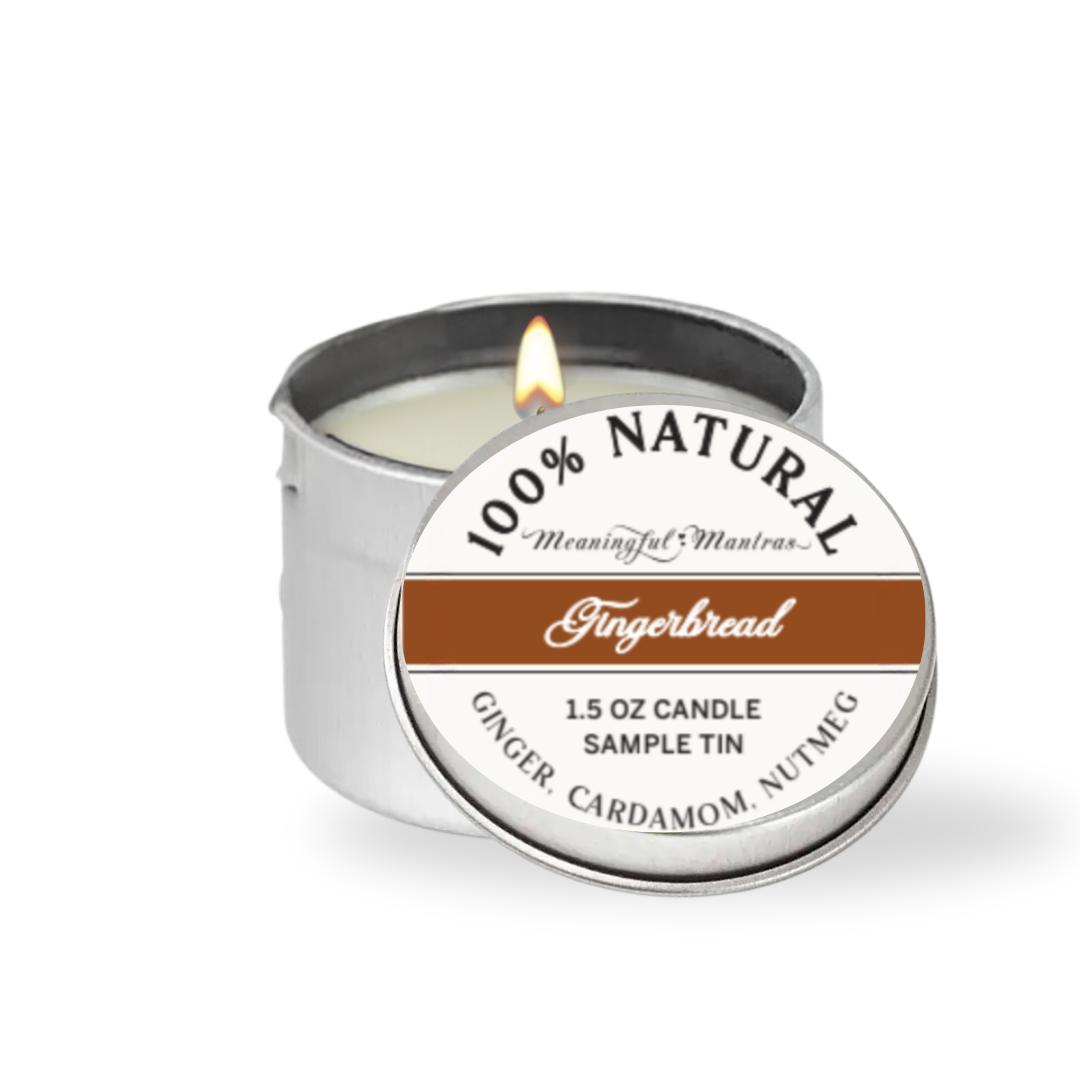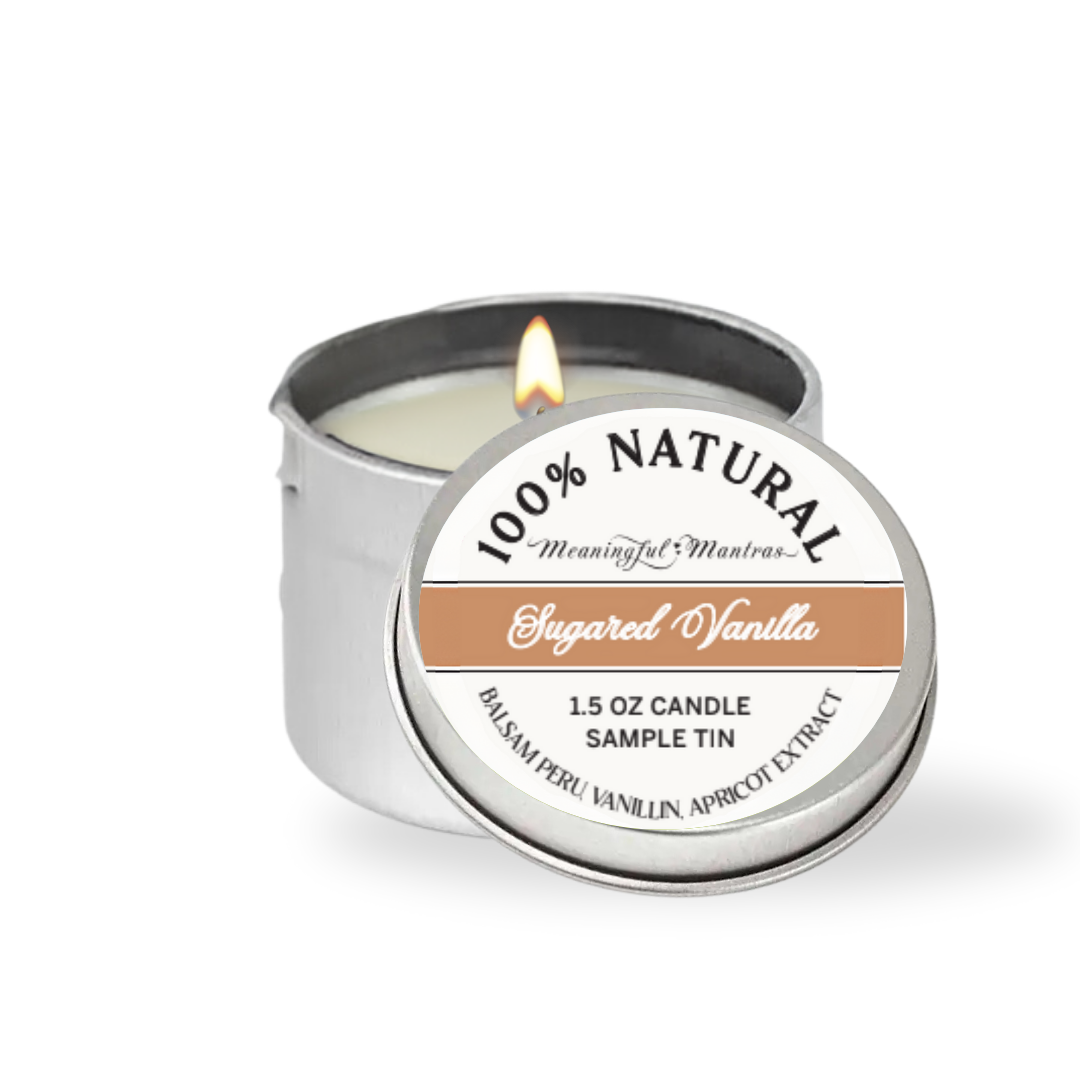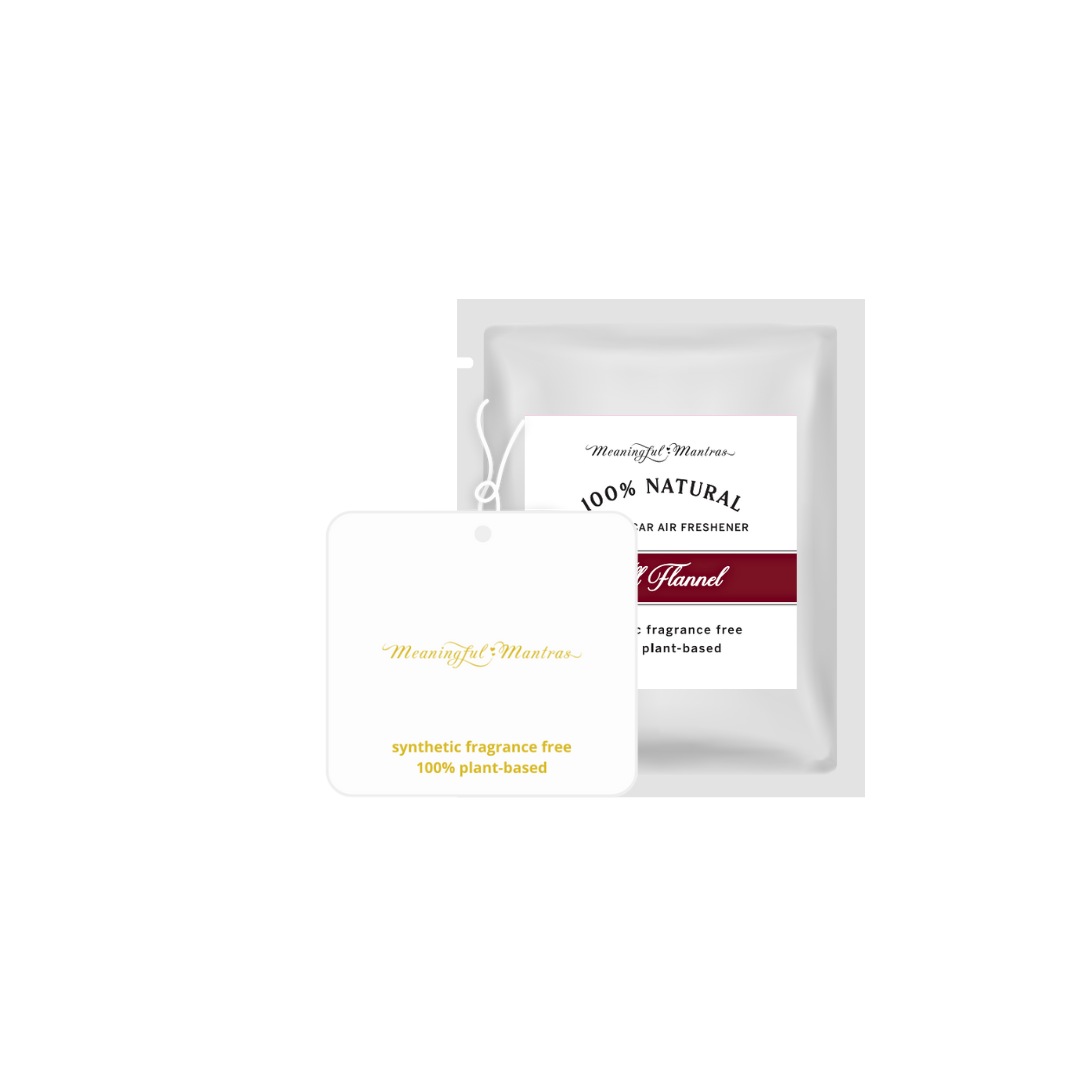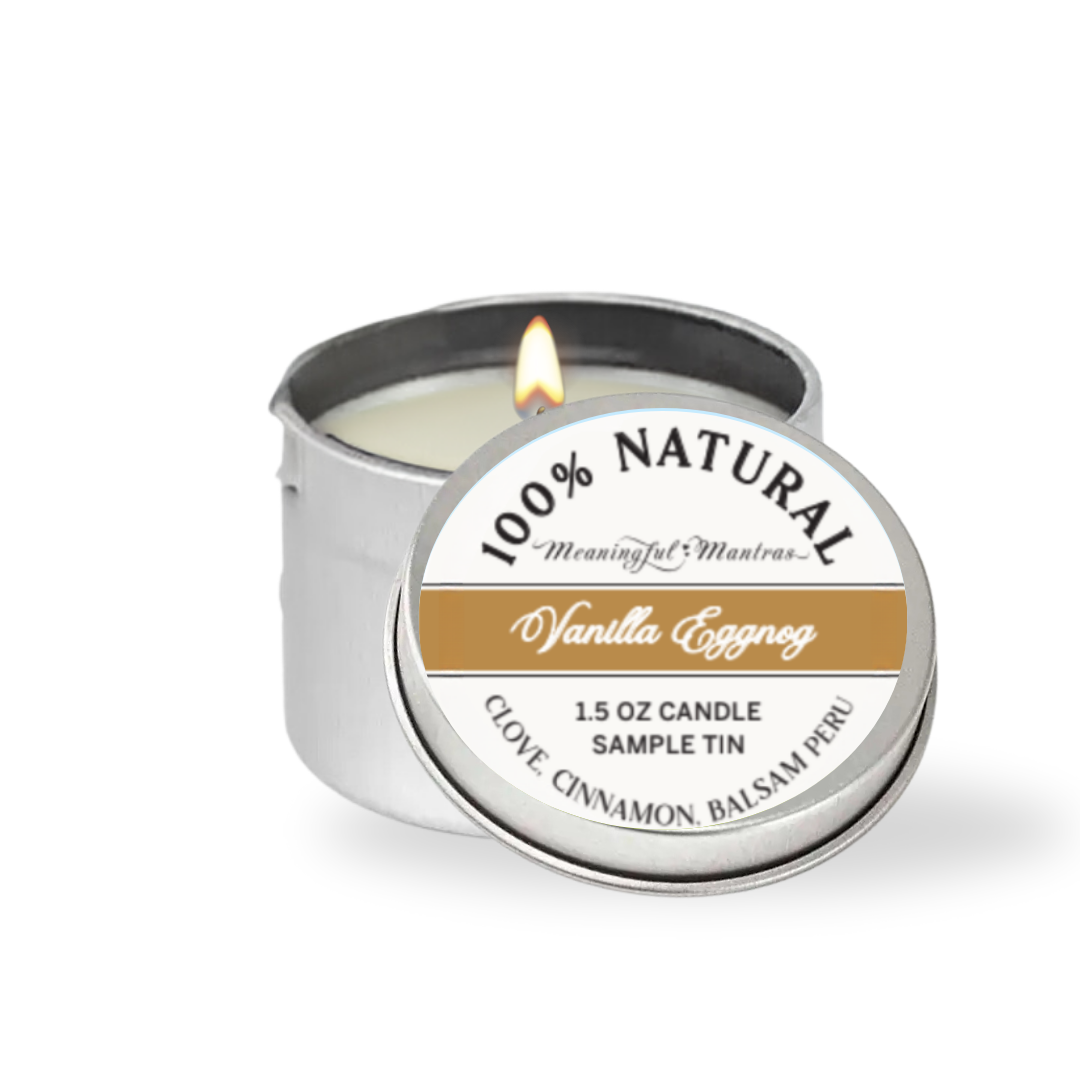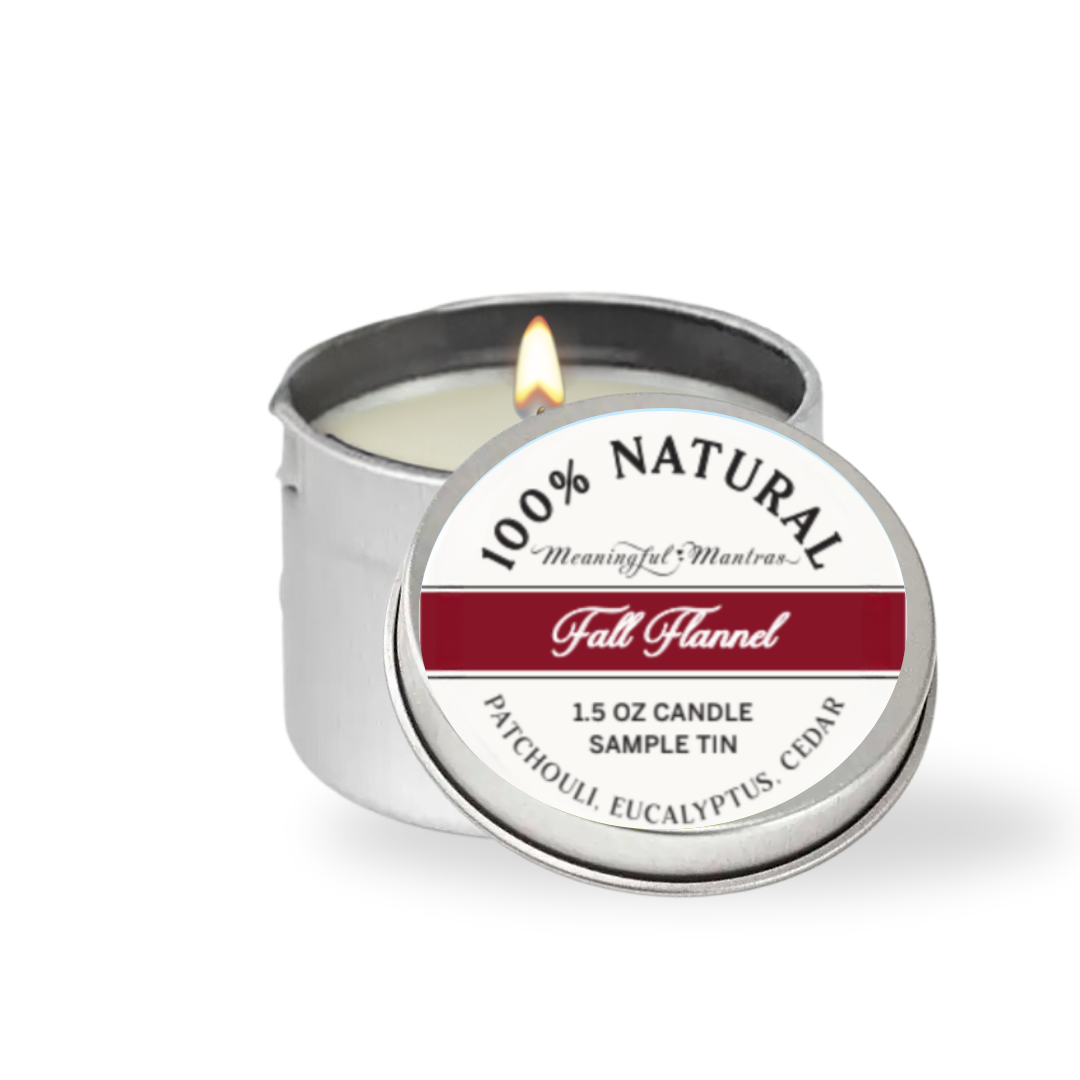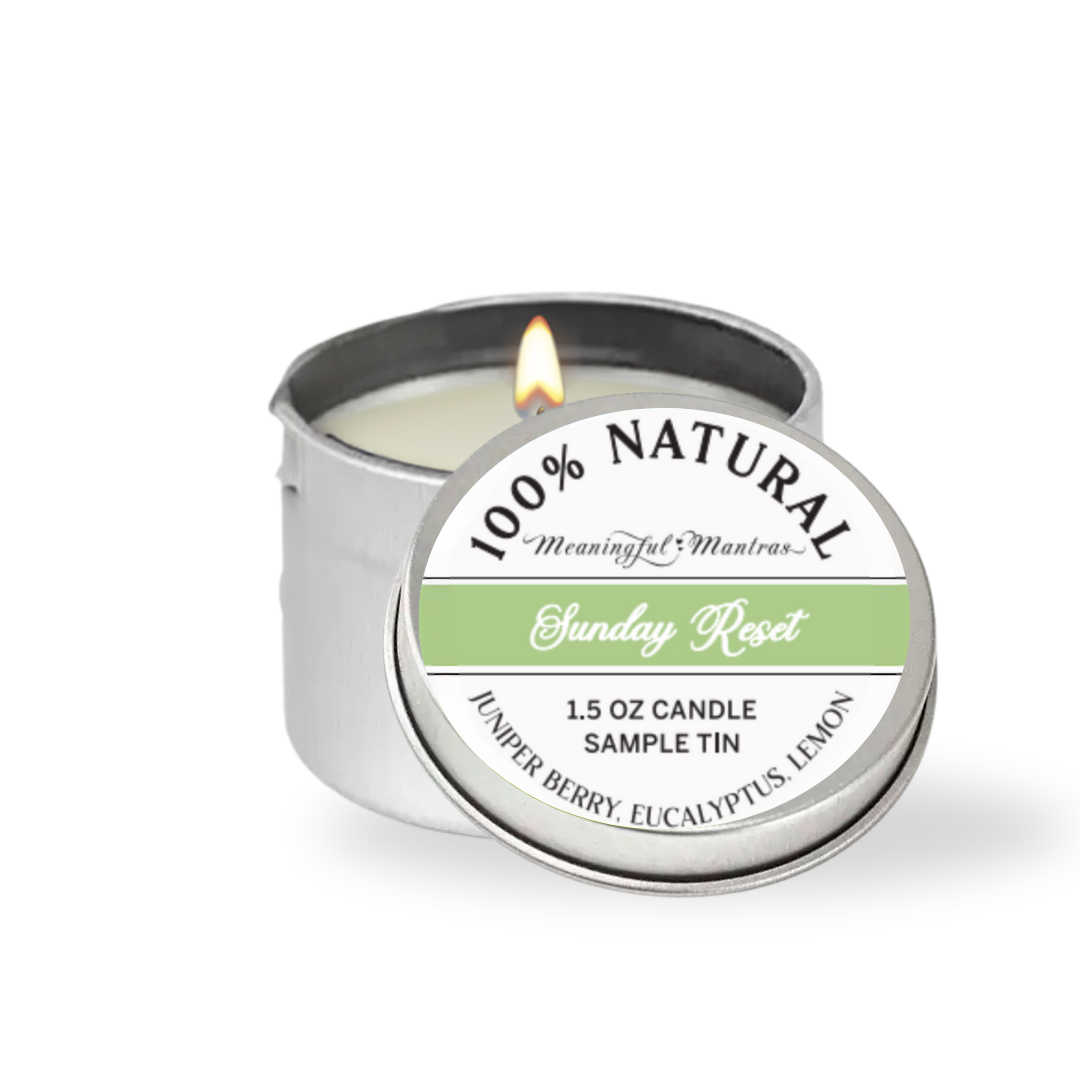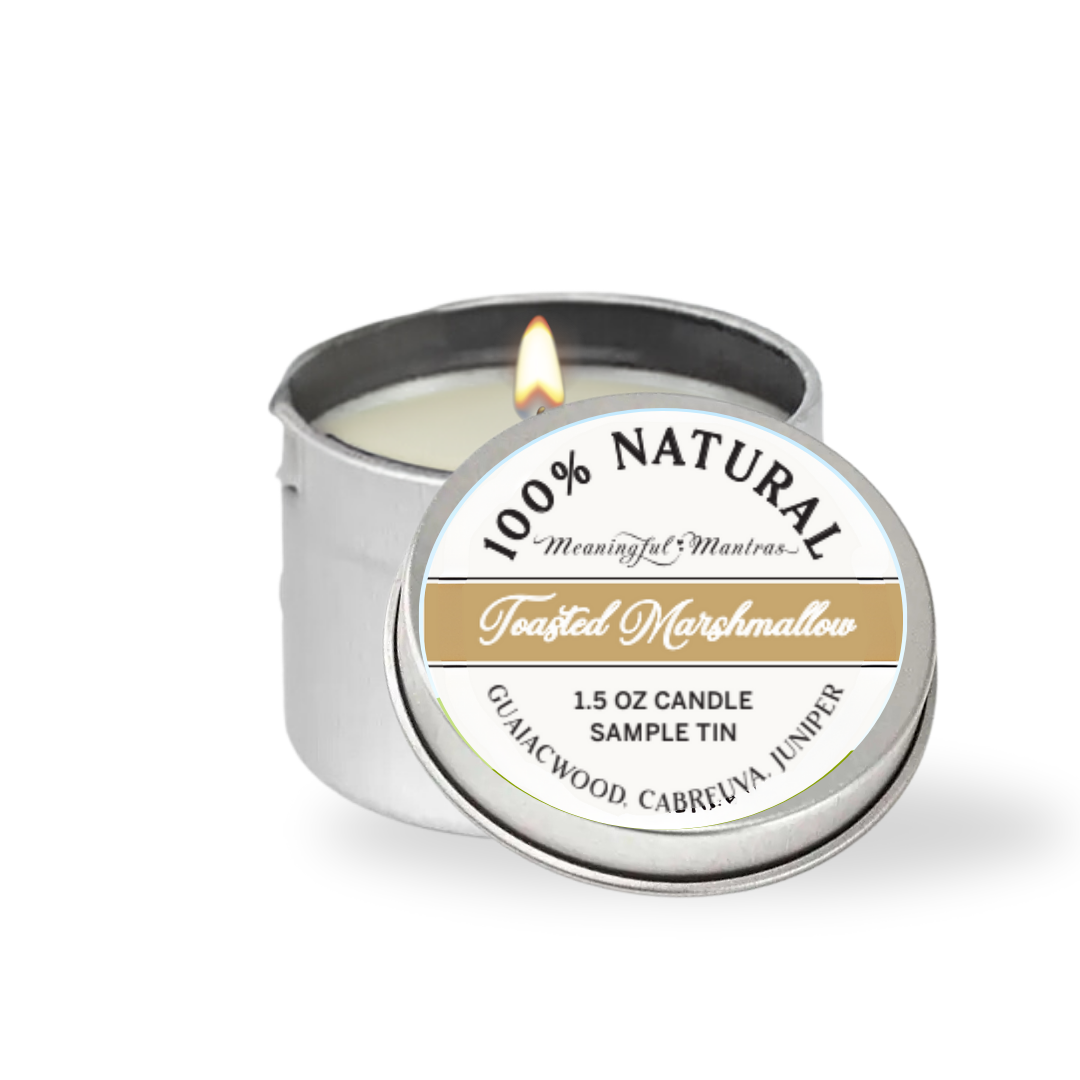Overview: Do Candles Harm Indoor Air Quality?
Yes — especially cheap or scented candles made with paraffin wax can negatively affect indoor air quality. When burned, these candles release particulate matter (PM), volatile organic compounds (VOCs), and other airborne pollutants. These substances can irritate the respiratory system, trigger allergies or asthma, and may contribute to long-term health concerns with frequent exposure. Opting for clean-burning alternatives made with natural waxes and essential oils can help reduce these risks and create a safer home environment.
When you start to pay attention to the potential health implications of the items you are bringing into your home, it becomes evident that not all home scents are created equal. While it might be tempting to grab a cheap candle in your local supermarket, the evidence suggests that these candles could be far more harmful to our health than most people know.
If you live in a large city or if you have to commute, you’ll already be subject to poor air quality that could be harming your health. The last thing you want to do is bring poor air quality into your home.
So, how harmful are cheap candles? And can you avoid these risks by choosing non-toxic alternatives? Let’s explore this topic in more detail…

What are the dangers with cheap candles and air quality?
There are several factors you need to consider when thinking about candles and safety. First is the type of wax used. Paraffin wax is known to produce a lot of soot. This soot is easily distributed throughout your home, impacting the air quality throughout.
Paraffin is a by-product of the petroleum industry. The reason it is used in candles is that it is cheap and provides a consistent burn. It’s also odourless, but this doesn’t mean it isn’t harming the air quality.
When burned, paraffin wax produces harmful chemicals including toluene and benzene. These are known irritants that can affect the skin and the respiratory system. The wick also has an impact on air quality when burning candles. Some low-quality candles use metal-core wicks, which can release trace amounts of heavy metals when burned.
Multiple studies have confirmed that paraffin wax candles contribute to poor indoor air quality. The EPA (Environmental Protection Agency) found that candles with lead wick cores resulted in indoor air concentrations of lead above recommended thresholds.
Another study by Environmental Science and Pollution Research found that candle composition has a big impact on the emissions of volatile organic compounds and polycyclic aromatic hydrocarbons.
How to choose better candles for indoor air quality
If you’re worried about the presence of pollutants and irritants in your candles, you don’t have to cut out home scents entirely. Choosing premium-quality candles made from safe and non-toxic ingredients will help to reduce dangerous compounds in your home.
- Choose candles made from non-toxic and clean-burning waxes. We love coconut wax for this reason. It also burns at a lower temperature, making it safer to use around children and pets.
- Always choose 100% unbleached cotton wicks. This eliminates the risk of contaminating your space with heavy metals from metal-core wicks.
- Choose candles fragranced with essential oils rather than synthetic fragrances. Synthetics are known to be endocrine disruptors, which can interfere with hormonal function.
- Keep your wicks trimmed. Long wicks can produce more soot. Try to keep them at around ¼ inch.
- Use candles intentionally. Limit how long you burn them and avoid letting them burn all day.
- Ventilate your space. Good airflow and using an indoor air purifier can reduce airborne pollutants.
| Feature | Cheap Candles | Non-Toxic Candles |
|---|---|---|
| Wax Type | Paraffin (petroleum-based) | Coconut, soy, or beeswax |
| Air Quality Impact | Produces soot and harmful VOCs | Clean-burning, low emissions |
| Fragrance Type | Synthetic fragrances (potential endocrine disruptors) | Pure essential oils |
| Wick Material | May contain metal cores (lead or zinc) | 100% cotton or wood wicks |
| Burn Safety | Higher burn temps, less safe | Lower burn temps, safer for kids/pets |
| Environmental Impact | Non-renewable, higher pollution | Sustainable, eco-friendly |
The bottom line
Candles can be part of a wellness-minded home, but you need to be intentional about your usage. Choose high-quality, non-toxic candles and use them sparingly. The scent won’t intensify the longer it burns, so once your space is beautifully scented, blow it out and save it for another day.

